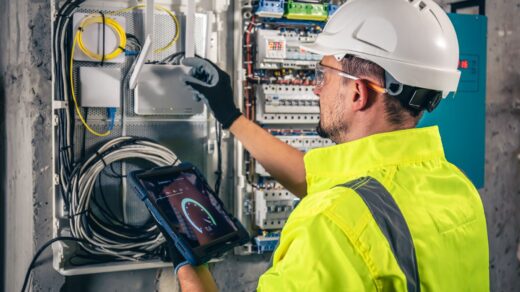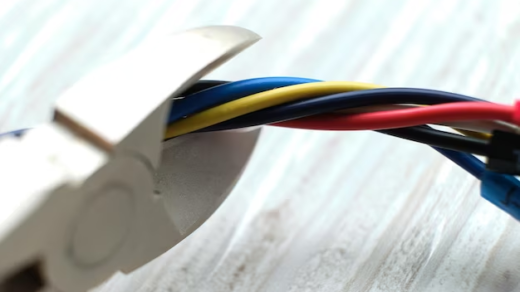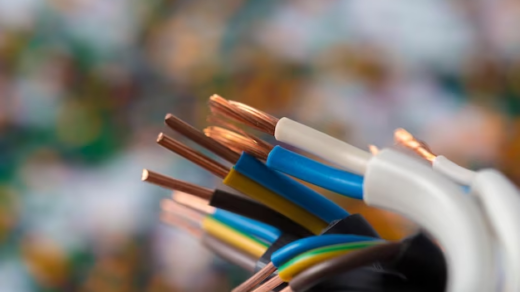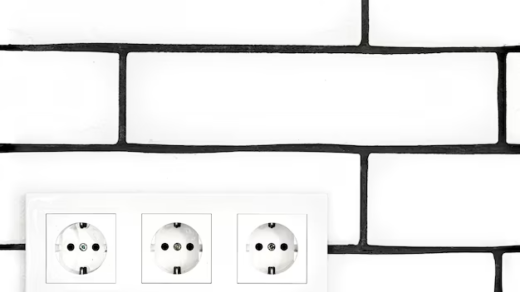Every day, our homes are powered by a complex network of electrical systems. From charging gadgets to illuminating rooms, the ubiquitous electrical outlet plays a crucial role. But what happens when you notice that an outlet is unusually warm or even hot? This article dives into the causes, implications, and remedies for hot electrical outlets.
Understanding Electrical Outlets: A Primer
An electrical outlet, also known as a socket, provides access to electrical power. It’s a conduit, that allows electrical devices to tap into the home’s electrical system. Constructed using metal components, plastic casings, and intricate wiring, these outlets are designed to be both efficient and safe. However, when things go wrong, they can become potential hazards.
Top Reasons Behind a Hot Electrical Outlet
- Overloaded Circuits:
If too many devices are drawing power from a single outlet or circuit, it can become overloaded. This excessive current can cause the outlet to heat up, leading to potential fire risks.
- Poor Wiring Connections:
An improperly wired outlet can lead to increased resistance, causing it to heat up. This is often a result of DIY projects or inexperienced electrical work.
- Degraded Outlet Components:
Over time, the internal components of an outlet can degrade. When these components don’t function as they should, it can lead to inefficiencies and heat buildup.
- Faulty Appliances or Devices:
Sometimes, the problem isn’t with the outlet but with the device plugged into it. A malfunctioning device can draw excessive power, leading to an overheated outlet.
Dangers of a Hot Electrical Outlet
A hot electrical outlet isn’t just an inconvenience—it’s a potential danger. Continual overheating can degrade the plastic components of an outlet, leading to potential sparking. In worst-case scenarios, this can cause electrical fires, endangering property and lives.
Mitigation and Solutions: Keeping Your Outlets Cool
If you discover a hot outlet, unplug all devices immediately. Allow it to cool and then check the devices to ensure they aren’t faulty. For persistent problems, consult a professional electrician to inspect your home’s wiring. Regularly checking and upgrading old outlets can also help prevent issues.
Comparison Table: Standard vs. Faulty Outlets
| Feature | Standard Outlet | Faulty Outlet |
|---|---|---|
| Temperature | Cool to touch | Warm/Hot |
| Lifespan | 15-20 years | May degrade faster |
| Energy Efficiency | High | Reduced due to heat loss |
| Safety | Safe when installed correctly | Potential fire risk |
Video Guide
If you still have questions, we suggest you watch the video we have prepared for you. Enjoy watching it!
Conclusion
The essence of a safe home lies in its details. An overheating electrical outlet is more than just an anomaly; it’s a clarion call for immediate attention. By understanding the causes and implications of hot outlets and taking proactive measures, we can ensure a safe and efficient electrical ecosystem in our homes.








